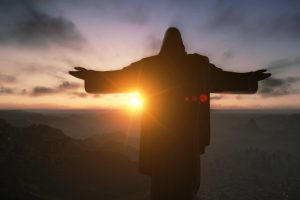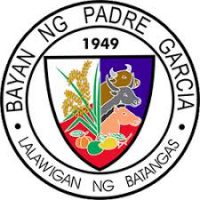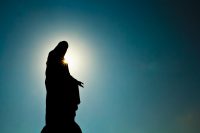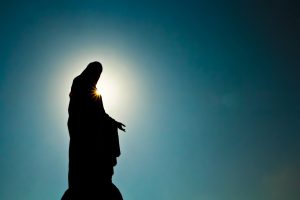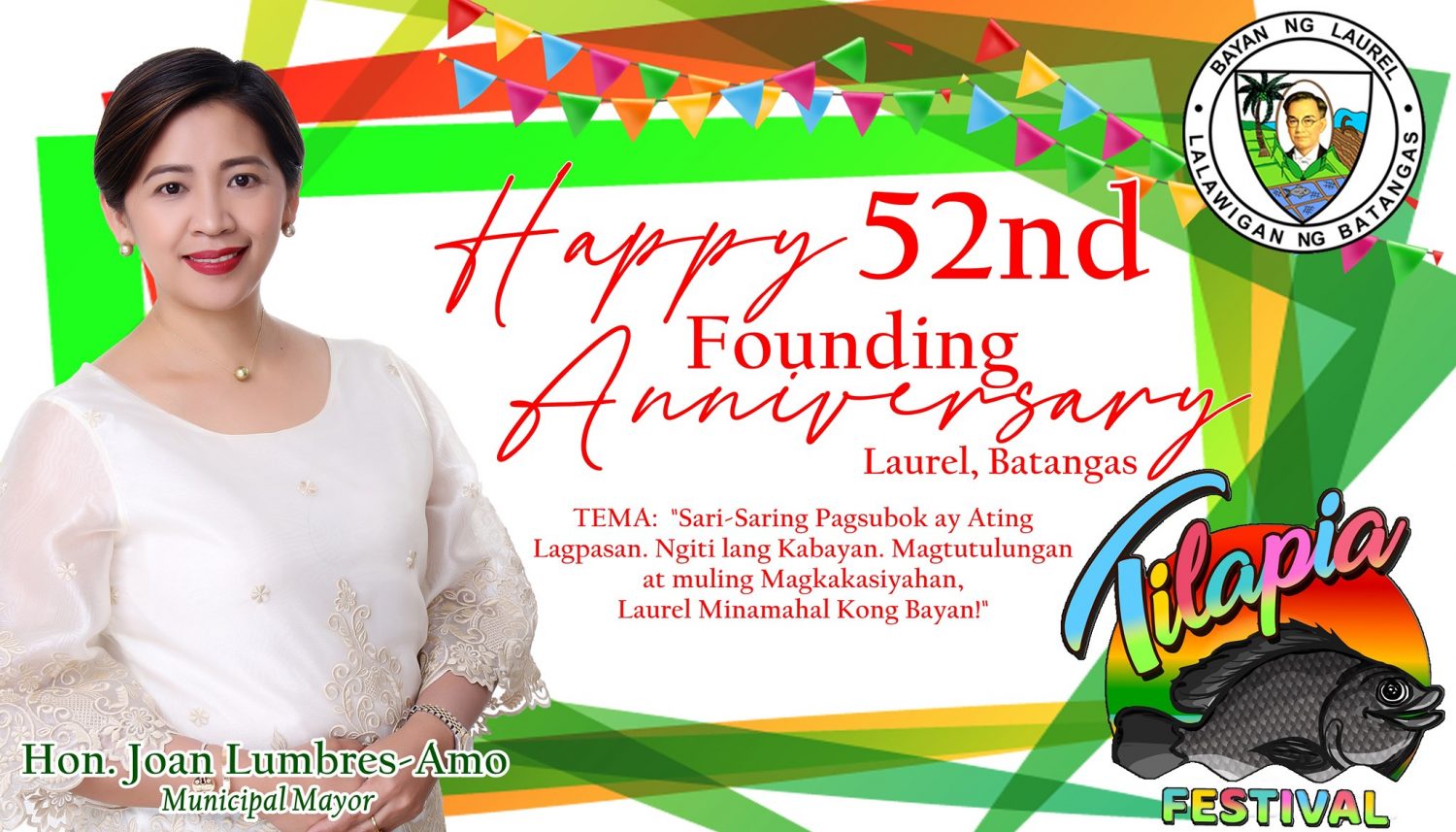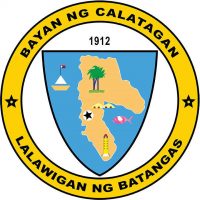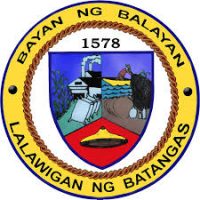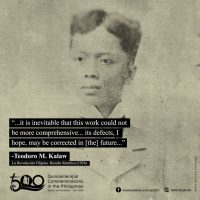On “Black Saturday,” preparations are made for the late-night Easter vigil at church. There, the Gloria is sung, and some call it “Glorious Saturday.” In some places, an effigy of Judas is hung and burned up, though sometimes, he is blown to pieces by firecrackers. At midnight, the fasting and mourning ends because it is finally the day on which Christ arose from the grave in victory.
A 4am on Easter Morning, a ceremony commemorates the meeting of Mary and Jesus after the Resurrection. The black-veiled image of Mary is unveiled by one or more people dressed up like angels, and sometimes, the veil is tied to balloons or a dove to be carried away in the air. The image of Christ also is unveiled, and flowers and confetti fall down on the statues of both Mary and Jesus. Bells ring and fireworks explode in the sky. Legend has it, however, that if the veil is removed only with difficulty, bad luck will accompany the year to come.
Eidul Fitr is an important celebration for Filipino Muslims, marking the end of the month-long fast during Ramadan. In 2020, Eidul Fitr falls on Monday 25 May. President Duterte has signed Proclamation No. 944 to confirm the holiday throughout the country.
Originated by the Islamic Prophet Muhammad, Eidul Fitr is a celebration of thanksgiving to Allah. Eidul Fitr has been proclaimed a national holiday in the Philippines since 2002. This proclamation was made to foster peace and goodwill between major religions in the Philippines.
Eidul Fitr is celebrated using the Islamic calendar “Hijra” and is also dependant on the lunar calendar. The combination of these means that the date to celebrate Eidul Fitr constantly changes. It is the duty of the National Commission on Muslim Filipinos (NCMF) to inform the Office of the President on which date in the Gregorian calendar it should fall.
For Muslim Filipinos, Eidul Fitr marks the end of fasting during Ramadan. On this day, it is forbidden to fast as it is a day of celebration. Muslim Filipinos practice ritual washing before heading to a community gathering, usually in a mosque, and offer special prayers to Allah. On this day, they give the obligatory charity in the form of food known as “zakat al-fitr” and listen to special sermons on the occasion. After attending this gathering, many families choose to celebrate with a feast with their extended family and friends.
Padre Garcia, Batangas Foundation Day December 01, 2020
Every 8 December is Immaculate Conception Day in the Philippines, a holiday that is commemorated in many other Roman Catholic-majority countries around the world.
The devout in the Philippines attend special masses on this day in honour of the Virgin Mary and the belief in her having been conceived without sin. The day is also supposed to be a day when Catholics avoid any “unnecessary work”.
The main event on Immaculate Conception in the Philippines is the procession of Marian images from all over the country around the old walled city in Manila. There are 90 or more such images, many of them very ornate and associated with claims of miraculous appearances and healings or the like. This event is often dubbed, “The Grand Marian Procession”.
The carriages that carry the images of Mary, called “carrozas”, are also very ornate and are filled with flowers and lit candles. And a marching band may accompany the images “Marian parade”.
The first of these Immaculate Conception processions took place in 1619, was designed to promote the catechism, and lasted for 15 days. The modern ones are shorter, but have more images and are focused on reverencing the Virgin Mary rather than the catechism as such.
Happy 52nd Founding Anniversary Laurel, Batangas!
Maligayang ikatlong taong pagdiriwang ng Tilapia Festival!
Tema : Sari-saring pagsubok ay ating lagpasan. Ngiti lang kabayan. Magtutulungan at muling magkakasiyahan, Laurel Minamahal kong bayan.
Abangang ang kanilang Online Live Celebration ngayong darating na ika-21 ng Hunyo, 2021 | 7PM sa Tilapia Festival Official Facebook Page at sa WOWBatangas.
Online celebration of 172nd Founding Anniversary of San Juan, Batangas and Lambayok Festival on December 12, 2020.
Calatagan, Batangas Founding Anniversary December 16, 2020
Balayan Batangas Founding Anniversary on December 08, 2020.
December 05, 2020 Teodoro Kalaw 80th Death Anniversary Commemoration
Join the 7th Bisikleta Iglesia: Dasal at Padyak Para sa Pagbangon ng Batangas this coming April 04, 2020, 5 am at LimaPark Hotel as the assembly point and will proceed to The Outlets at 6:30 am.
Bisikleta Iglesia will be visiting the following churches including Sto. Niño Parish Church, Marawoy; Our Lady of Lourdes Chapel, Bulacnin; Our Lady of Fatima Chapel, Balete; Sacred Heart of Jesus Chapel, Marian Orchard, Balete; Nuestra Señora dela Paz y Buen Viaje Parish Church, Balete; Immaculate Heart of Mary Chapel, Marian Orchard, Balete and Metropolitan Cathedral of San Sebastian, Lipa.
Part of the proceeds would go to the areas affected by the Taal Eruption.
Free Commemorative shirt Bisikleta Iglesia Jersey for first 100 to register. Lots of raffle prizes await joiners! Registration fee is Php 499 nett inclusive of breakfast and lunch.
Calatagan, Batangas’ celebration of Kinuyog Festival 2020 on December 16, 2020.
 WOWBatangas.com Your Source of Great News and Stories from the Province of Batangas, Philippines
WOWBatangas.com Your Source of Great News and Stories from the Province of Batangas, Philippines

